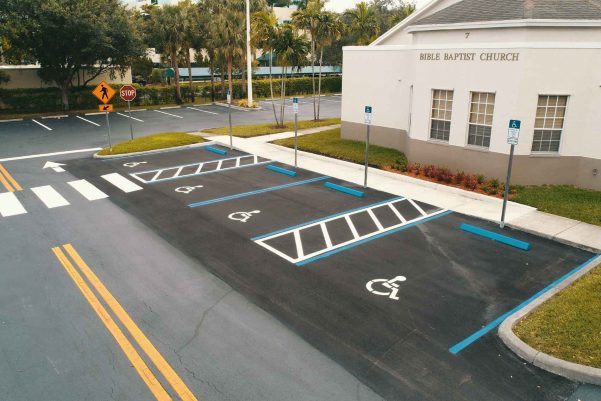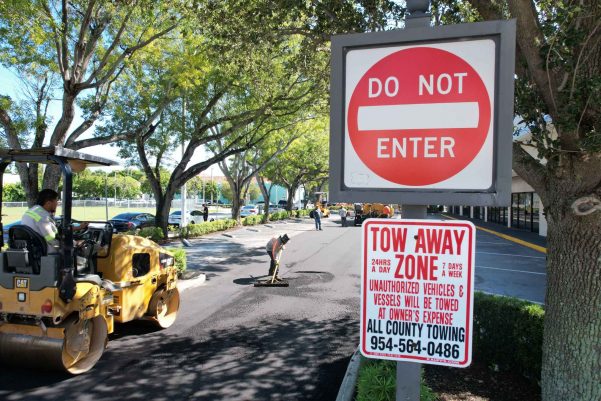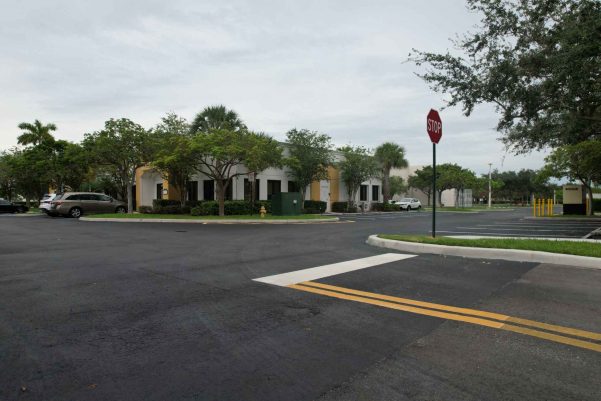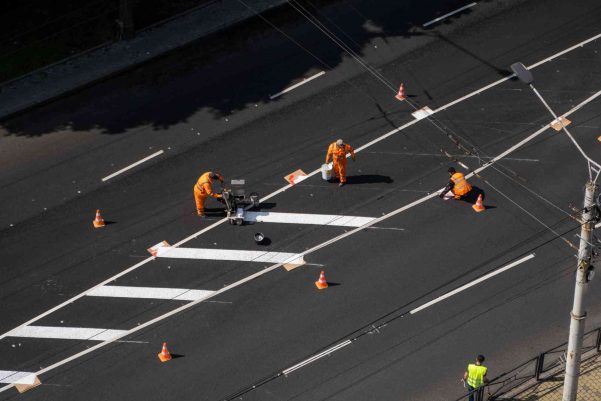Striping / Signage
Commercial Parking Lot and Asphalt Striping, Markings & Signage
Work with one of the best & most trusted commercial asphalt paving contractors in Broward County, Lee County, Charlotte County, Martin County, St. Lucie County and Palm Beach County. 3-D Paving and Sealcoating puts their decades of experience, expertise and excellence to work for you. 3-D Paving offers a myriad of Asphalt and Concrete Paving Services, Sealcoating and Concrete Construction Services like sidewalks, paths, ramps, slabs, curbs, gutters and so much more. Need ADA compliance help? Our expert team can assist you in every step of the process. Contact us today!

Whether you manage a shopping center, an apartment complex, a health care facility, an office park, or any other type of business, your parking lot can be a critical asset. It is usually the first thing that people notice about your operation, and it is also when they begin to form subconscious perceptions about the quality of your customer service, goods, and building maintenance. Neat, visible stripes can help you ensure that the initial perceptions that people form about your company are favorable.
PARKING LOT SIGNAGE
No business wants to intentionally provide an unsafe, chaotic environment for their customers and tenants to park. Such a parking lot can anger visitors, subject the company to potential liability issues, and lead to fines for failure to comply with federal, state, or municipal codes. Stripes and pavement markings are essential elements of an orderly parking lot, but no lot is truly complete without the proper signage.

PAVEMENT MARKINGS

Although the Romans are famous for building an extensive network of roads to connect their massive empire, civilizations began engineering roads thousands of years earlier. To date, the oldest road discovered was built in England about 6,000 years ago. By today’s standards, early roads were quite primitive. Construction materials included logs, crushed rock, bricks, gravel, and stone pavers. These materials were not suitable for pavement markings, nor were markings particularly necessary. There were some instances of centerlines that consisted of pavers or bricks that differed in color from the rest of the roadway, but the history of true pavement markings is less than 200 years long.
Thermoplastic Markings
By the second decade of the 20th century, there were almost 7 million vehicles on American roads, and it became increasingly obvious that a system of pavement markings was desperately needed to make streets and highways safer. Initially, cities, states, and even some individuals began using whatever type and color of paint they had available to apply centerlines to particularly treacherous stretches of highways or heavily trafficked streets. Eventually, a standard system was developed so that drivers would not be confused by the multitude of colors, styles, and meanings. Standardization of parking lot markings, which borrowed heavily from standardized road markings, took a little longer. However, although a variety of paint formulas were introduced, paint remained the material of choice for many decades. That began to change with the introduction of thermoplastic line striping.

REFLECTIVE PAVEMENT MARKERS

For more than a century, inventors, government agencies, and engineers have grappled with the issue of enhancing safety through pavement markings. Early drivers did not even have centerlines to guide them, but modern drivers have the benefit of a wide variety of markings and devices. One popular device is called a reflective pavement marker.


